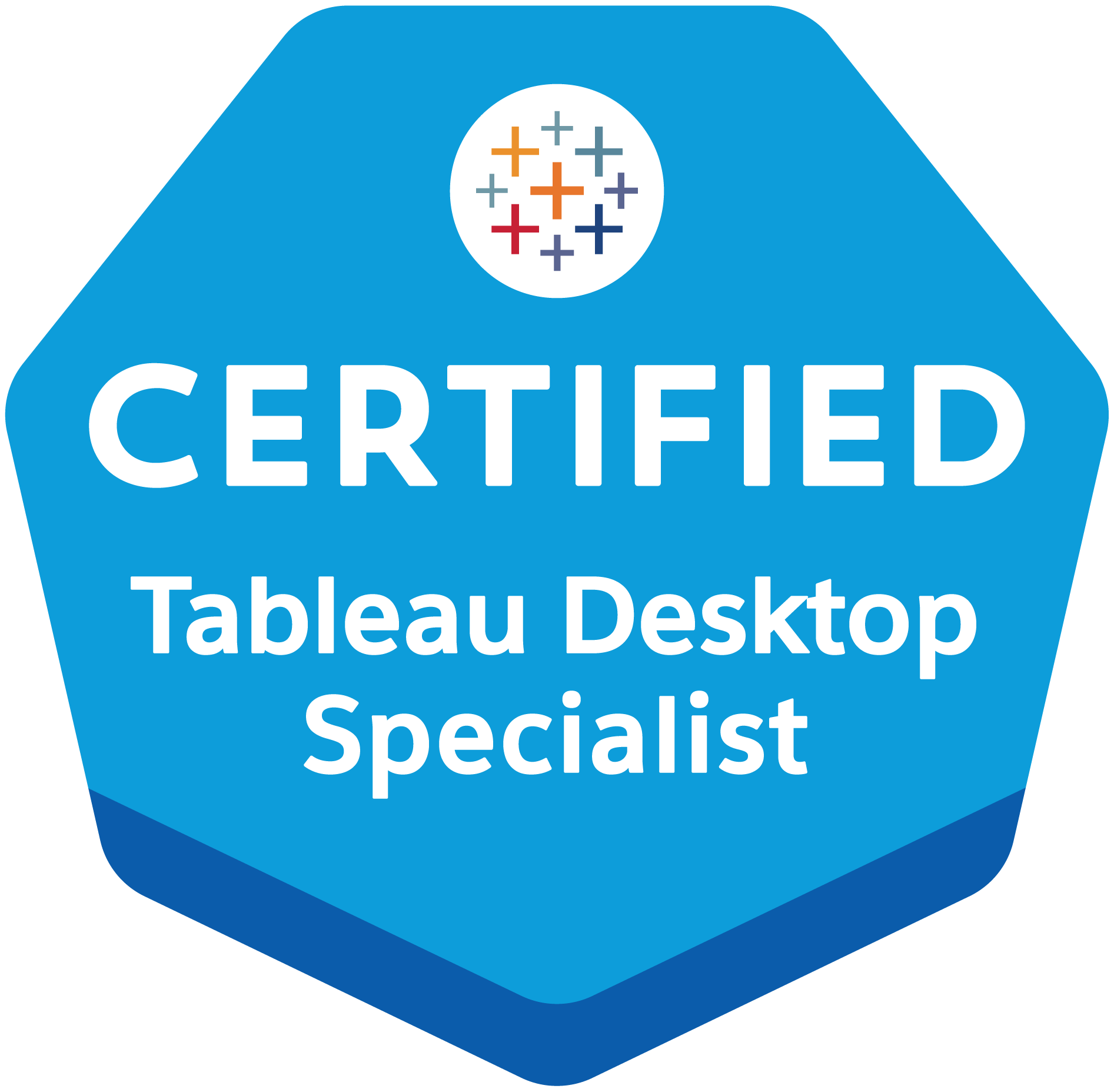For Managers & Executives
Those in the driver’s seat of their organization are constantly looking for advantages over competition.
In recent years, state-of-the-art data analytics has become a necessary step in this effort, as it has gotten clearer and clearer that data-driven companies systematically outperform their competitors.
However, basing an organization’s entire decision-making process around data can be a tough sell both in theory and in practice for some managers and executives; hence, this article will cover why you should trust your data, as well as how you as a manager can empower your organization to get the most out of its data.

Why Should You Trust Data?
You should trust data because data-driven insights are less biased than conventional gut-feeling-driven insights.
While the latter can be a valuable strategy as well, gut feelings are based strictly on your own unique set of previous experiences, and, in the vast majority of cases, they are not be reflective of the experiences of everyone.
Big Data analytics is highly effective because the larger the amount of data used, the greater the likelihood that the data are reflective of the overall population, and the lesser the risk that the conclusions reached from those data are biased.
Empower Your People With Data
Recognizing the power of data analytics is one thing; actually implementing it in an effective way is another. The primary disconnect at the managerial level is not in deciding to pursue data analytics, but in implementing the necessary processes.
99%
of companies have invested in some form of data analytics
30%
of businesses have a well-articulated data strategy
24%
self-identify as data-driven
So what are the steps to the successful implementation of a robust data strategy?
1. Clearly define your goals.
Simply stating, “we want to be more data-oriented” or “we want to start leveraging AI/Machine Learning” is not a clearly-defined goal. Instead, ask yourself, what is/are the specific question(s) you want to answer with your data?
Great example goals include:
- “I want to reduce my inventory cost”
- “I want to reallocate marketing dollars to the highest grossing mediums”
Being able to articulate a clear answer to this already puts you ahead of many organizations when it comes to data analytics.


2. Think about data input and output.
How does your organization collect data, and in what format does it come? What kind of data-based insights would your organization like to output? How do you want data to flow from the way you collect it to the way you output it? And which of these three steps ―ideally, all three― would you want automated?
3. Administer the proper tools.
As the field of data analytics has grown, so has the array of data tools available.
While Excel has for a long time been used as a catch-all data tool, its lack of specialization to the data input or output phase means it struggles with automation and scalability. Excel can still be a useful tool for the right purposes, depending on the situation. However, most companies who make the best use of their data don’t use Excel for every phase of their data processes.
For data collection, a state-of-the art data strategy includes:
Data Input
- Databases (SQL or NoSQL)
- Cloud repositories (Azure, AWS, etc.)
- Other centralized collection solutions
Data Flow
- Cluster computing frameworks (Spark or Hadoop)
- APIs
Data Output
- PowerBI or Tableau (for data visualization)
- Python, R, SPSS, or SAS (where visualization is less important)
Get The Most Out Of Your Data
Starting your organization down a data-driven path ―or expanding an existing data practice― can be a daunting task for even the most effective managers. If you’re looking for more support with this sort of work, get in touch with us at Boxplot; we’ve helped numerous clients across many industries realize their data-oriented goals, and we’re happy to assist no matter your organization’s prior level of experience with data.Contact Us

Visit this site to contact us for a quote on our virtual training services today.
Schedule a Meeting
Continue to make data-driven decisions.
Sign up for our email guides that contains relevant tips, software tricks, and news from the data world.
*We never spam you or sell your information.


